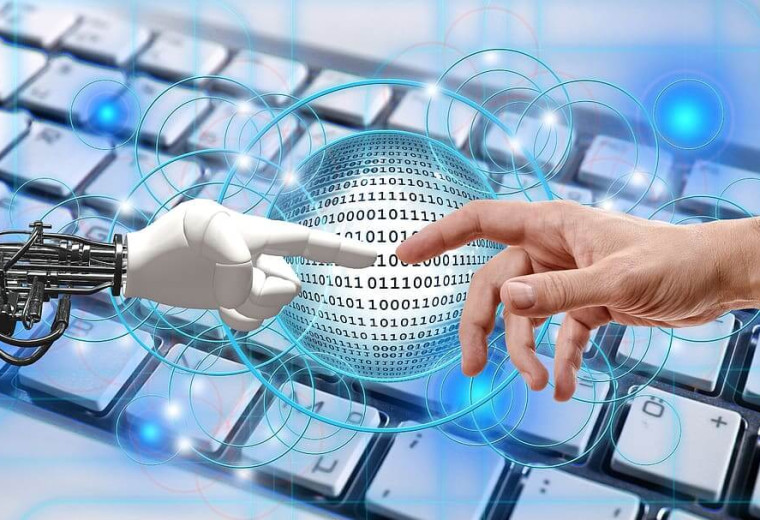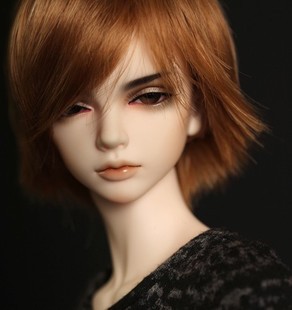Artificial Intelligence (AI) has become increasingly proficient in generating high-quality images. Image generation using AI has been one of the most exciting developments in recent years, as it has allowed computers to create images that are almost indistinguishable from those created by human artists.
AI image generation works by training a neural network on a large dataset of images. The network then uses this data to learn how to generate new images that are similar in style to the original dataset. One of the most popular techniques for image generation using AI is known as Generative Adversarial Networks (GANs).
GANs consist of two neural networks: a generator and a discriminator. The generator creates new images, while the discriminator evaluates the generated images and tries to determine whether they are real or fake. Over time, the generator gets better at creating realistic images, while the discriminator gets better at identifying fake images.
AI image generation has a wide range of applications, including generating art, product design, and even creating realistic human faces. In the field of product design, AI-generated images can be used to create virtual prototypes, allowing designers to see how a product will look before it is manufactured.
In the art world, AI-generated images have already gained a following. In 2018, an AI-generated artwork titled "Portrait of Edmond de Belamy" sold for over $400,000 at a Christie's auction in New York. The artwork was created by a Paris-based art collective called Obvious, using a GAN to generate a new portrait in the style of an 18th-century painting.
AI image generation has also been used to create realistic human faces. This technology has been used in video games and movies to create virtual characters that look almost indistinguishable from real people. However, this technology has also raised ethical concerns, as it can be used to create fake images or to impersonate someone.
Despite the many benefits of AI image generation, there are still limitations to the technology. For example, AI-generated images can sometimes lack creativity and originality, and they may not be able to match the level of detail and nuance found in a human-created image. Additionally, AI-generated images can sometimes contain biases or stereotypes that are present in the original dataset.
Let's dive into more details on AI image generation.
As mentioned earlier, Generative Adversarial Networks (GANs) are one of the most popular techniques used for AI image generation. GANs have been used to generate a wide range of images, including landscapes, animals, and even 3D objects. GANs work by training two neural networks: a generator and a discriminator.
The generator network takes random noise as input and produces an image as output. Initially, the generated image will be of poor quality and bear little resemblance to the target image. However, with training, the generator learns to produce more and more realistic images.
The discriminator network is trained to classify images as either real or fake. It is initially trained on real images from the dataset, and then on fake images generated by the generator network. As the discriminator network improves, it becomes more difficult for the generator to create images that fool the discriminator. This leads to a competition between the two networks, which results in the generator producing more realistic images over time.
Another popular technique for AI image generation is Variational Autoencoders (VAEs). VAEs are trained on a dataset of images, and are used to learn a low-dimensional representation of the images. This low-dimensional representation can be thought of as a compressed version of the original image. The VAE can then generate new images by sampling from the learned low-dimensional space.
Unlike GANs, VAEs don't require a discriminator network to be trained. Instead, the VAE is trained using a reconstruction loss, which measures how well the network can reconstruct the original image from the low-dimensional representation. VAEs are often used in applications where the generation of highly detailed images is not required.
AI image generation has already been used in a wide range of applications, including product design, advertising, and fashion. In product design, AI-generated images can be used to create virtual prototypes of products, allowing designers to see how the final product will look before it is manufactured. In advertising, AI-generated images can be used to create more personalized and engaging ads. In fashion, AI-generated images can be used to create virtual models, which can be used to showcase clothing without the need for human models.
AI image generators from text are a type of AI technology that can generate images based on textual descriptions. This technology is sometimes referred to as "text-to-image" synthesis, and it has the potential to revolutionize the way images are created and used in a variety of applications.
Text-to-image synthesis is a challenging task, as it requires the AI system to understand natural language descriptions and generate images that accurately reflect the content of the text. To achieve this, AI image generators from text typically use a combination of natural language processing and computer vision techniques.
One popular approach for text-to-image synthesis is to use Generative Adversarial Networks (GANs), similar to what we discussed earlier. However, in this case, the GAN is trained to generate images from textual descriptions, rather than from random noise.
The training process for a text-to-image GAN involves providing pairs of textual descriptions and corresponding images as input. The GAN is then trained to generate images that are similar to the input images, while also being consistent with the input text. The generator network in the GAN takes the textual description as input, and produces an image as output, while the discriminator network evaluates the generated image and tries to determine whether it matches the input text and image.
Once the GAN has been trained, it can be used to generate new images from textual descriptions that it has never seen before. This opens up a wide range of applications, including creating art, generating product designs, and even assisting in medical research.
One notable example of this technology in action is the creation of images from medical imaging reports. Researchers have used text-to-image synthesis to generate images of the brain based on MRI reports. This can help doctors visualize complex medical data more easily, and may aid in the diagnosis and treatment of various neurological conditions.
Text-to-image synthesis can also be used in art and design. For example, AI-generated images based on textual descriptions have been used to create virtual prototypes of products. In the art world, AI-generated images based on written descriptions have been used to create paintings, drawings, and even music videos.
While AI image generators from text are a promising technology, there are still limitations to the current state of the art. In particular, generating images that accurately reflect the content of natural language text is still a difficult task. However, as research in this area continues, it is likely that we will see more and more applications of this technology in a wide range of fields.
In conclusion, AI image generation is a rapidly advancing field that has the potential to transform many industries. While there are still limitations and ethical concerns associated with this technology, the benefits of AI image generation are clear. As new algorithms and techniques are developed, AI-generated images will only become more realistic and sophisticated, opening up new opportunities for creativity and innovation.








Leave a Comment